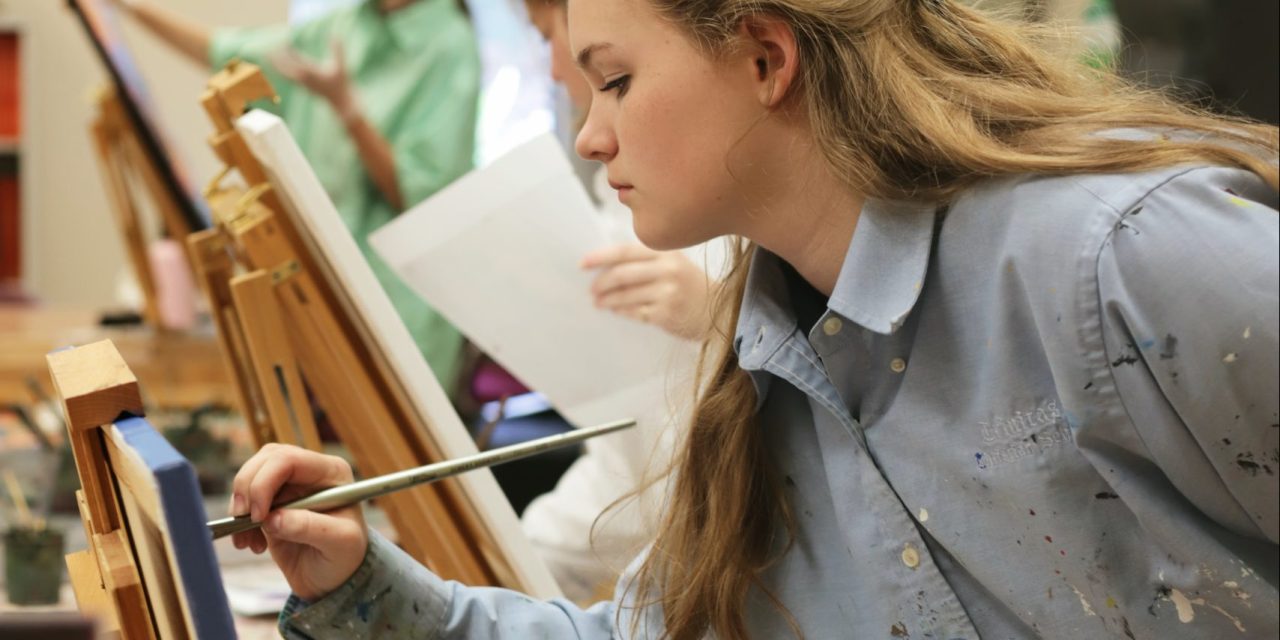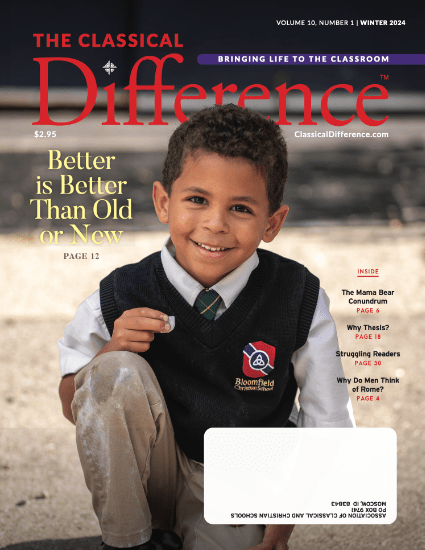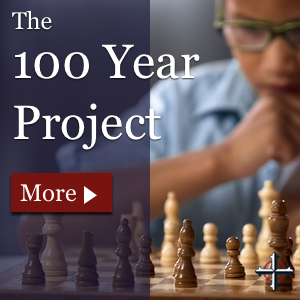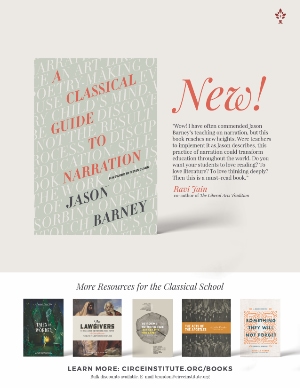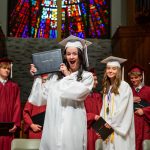By Hannah K. Grieser
Boredom has to be one of the most common complaints of childhood. Once the shock of being born wears off, it doesn’t take long for kids to start being bored. Despite all the countless gifts around them, kids will still flop on the couch with a sigh and announce, “I’m boooored,” to anyone who will listen. In our house, boredom is not allowed.
THE INSIDIOUSNESS OF BOREDOM
On the surface, boredom might seem innocuous enough, but it’s actually kind of a big deal. That’s because it’s a symptom of laziness and ingratitude—both of which the Bible warns against. Boredom doesn’t overflow into creativity or excellence, and it doesn’t give thanks for the excellent and creative gifts surrounding us.
As the always quotable G.K. Chesterton once put it, “Gratitude is happiness doubled by wonder.” Think about that. Wonder and boredom truly cannot coexist. They cancel each other out. Show me a kid who’s saying, “Wow! Thank you! Look at this!” and I’ll show you a kid who is the opposite of bored. That is a kid who, at least for the moment, is seeing with wide-open eyes.
And seeing with open eyes has everything to do with the visual arts. Bored people make terrible artists.
To draw, paint, or do any of the visual arts well, you obviously need to learn the skills involved and the principles of line, shape, and color. But artists must do more than just become technically proficient. They must also train their minds to catch the details that others often miss. A Christian artist honors the original Artist by taking notice, interest, and delight in the world He made. A Christian artist should never be bored, not even with the most ordinary parts of Creation.
Boredom is a kind of blindness that sees a soaring hawk as “just a bird,” a magnificent oak as “just a tree,” an eternal soul as “just a guy.” Anyone who thinks this way has not truly seen what they’re looking at. And for that reason, they have no business representing it in paint or clay or pixels. Boredom ruins art.
NO ORDINARY APPLES
Training our kids’ sense of wide-eyed wonder lays a foundation for the art of the future. But to do that, we should first cultivate a sense of wonder in ourselves. Let’s be honest; kids aren’t the only ones who get bored. So I suggest you start by finding something—anything—from your ordinary life and trying to really see it for the first time.
Take a common apple, for example. What colors grace the skin? How does the light reflect off the surface? Could you describe the flavor? Or the scent? Is the flesh soft or crisp? What symmetrical pattern appears when you slice it lengthwise? Or crosswise? What potential is locked up in those little seeds? How old is the tree it grew on? What farmer first planted that orchard? And why?
With the eyes of wonder, what becomes clear is that there are no ordinary apples. People could fill galleries, write novels, and compose operas based on nothing but the contents of your fruit basket. How could anyone possibly be bored in a world that contains apples?
Then, once you’ve discovered the layers of beauty and creativity and history contained there, thank the God who made it all, and share that astonishment with your kids. Open their eyes a little wider. Fight boredom with a renewed sense of gratitude and wonder. In doing so, you’re giving them some of the most important tools in the artist’s toolbox. ✤
WISDOM FROM THE FRONT
A TEACHER’S VIEW OF ART
Working in my field as an art instructor, but in a classical school, led me to think things over in a way new to me—but which, in reality, turned out to be discovering an old way. We are accustomed to thinking that some people are just “artistic,” and so they need a place to express themselves, as if art were purely creative. What we learn in classical education, however, is that creativity is a response to what is true and good, and this helps us produce and appreciate beauty, and every student should do this.
We think often of Rembrandt, Dürer, Holbein, Raphael, or Michelangelo and as we think of them we despair of ever finding such rare geniuses again. This is ironic,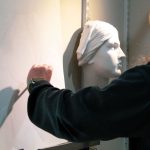 because these men were not actually rare in their time, all falling within decades of each other. Many were trained in a classical approach to art, a “renaissance” or rebirth of more ancient techniques. There were so many people alive in those days who could paint and sculpt that the works we love seem to clutter the halls and museums of Italy and Germany today, and all of this work was done by schools of artists, small armies, working under the direction of contractors whose names we remember today. Our students can recapture this eloquence, this reflective state of mind, but it takes work to rebuild the ruins.
because these men were not actually rare in their time, all falling within decades of each other. Many were trained in a classical approach to art, a “renaissance” or rebirth of more ancient techniques. There were so many people alive in those days who could paint and sculpt that the works we love seem to clutter the halls and museums of Italy and Germany today, and all of this work was done by schools of artists, small armies, working under the direction of contractors whose names we remember today. Our students can recapture this eloquence, this reflective state of mind, but it takes work to rebuild the ruins.
~ Ian Snyder • Classical School of Wichita, KS
THROUGH THE LOOKING GLASS

Every year our kindergarten incubates chicken eggs. Each day they turn the lights out and hold a candle to the eggs to track and draw the development of the embryo. One day, as they huddled around the egg in the dark, they saw the heartbeat for the first time.
One of the students spontaneously responded by singing, “Praise God from whom all blessings flow.” The class joined in and they all sang the Doxology together as they watched the tiny heartbeat.
There are many true and good responses to seeing the heartbeat of a chicken inside an egg, but this response was the right and proper response above all the others. Needless to say, that was a sublime experience for those children. Reflecting on it reminds me of Jesus’ words about how our faith should be like that of a child. A secularist or even an “experienced” science teacher might want to immediately talk about the science, but those students knew exactly what needed to be said in that moment, and they had the language for it and the environment to allow it.
~Christopher Stevens • Headmaster • Cornerstone Classical School, Salina, KS
Praise God from whom
all blessings flow.
Praise Him, all creatures here below.
Praise Him above ye
Heavenly host.
Praise Father,
Son and Holy Ghost.
Amen.

